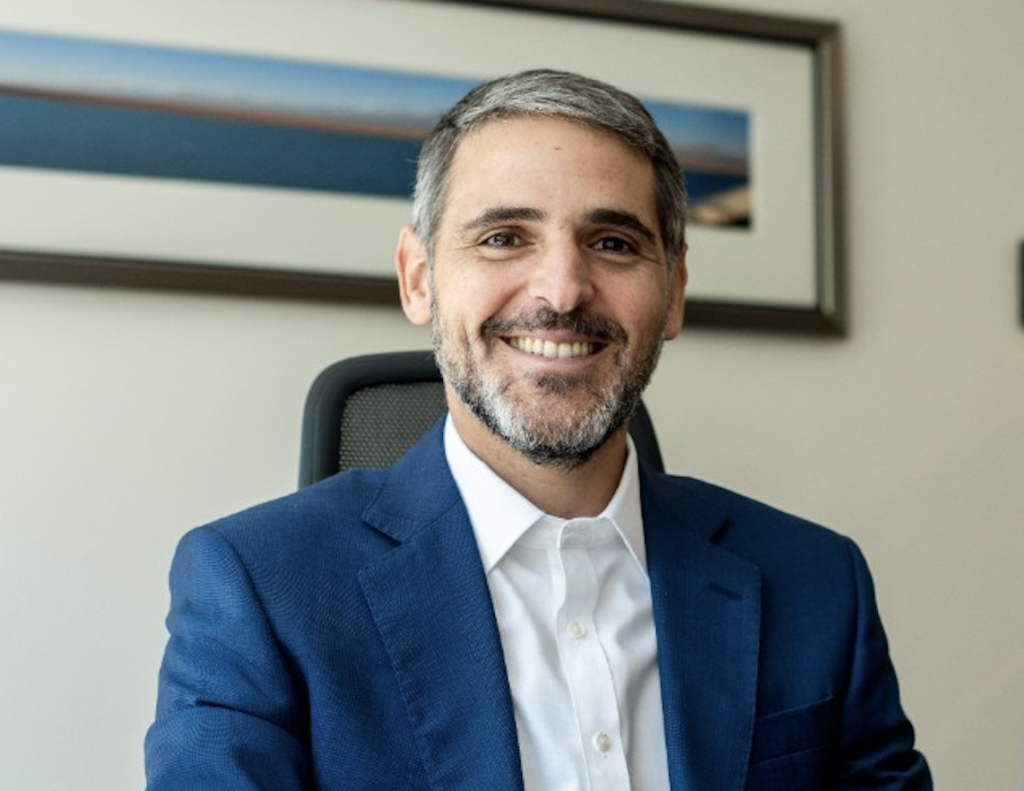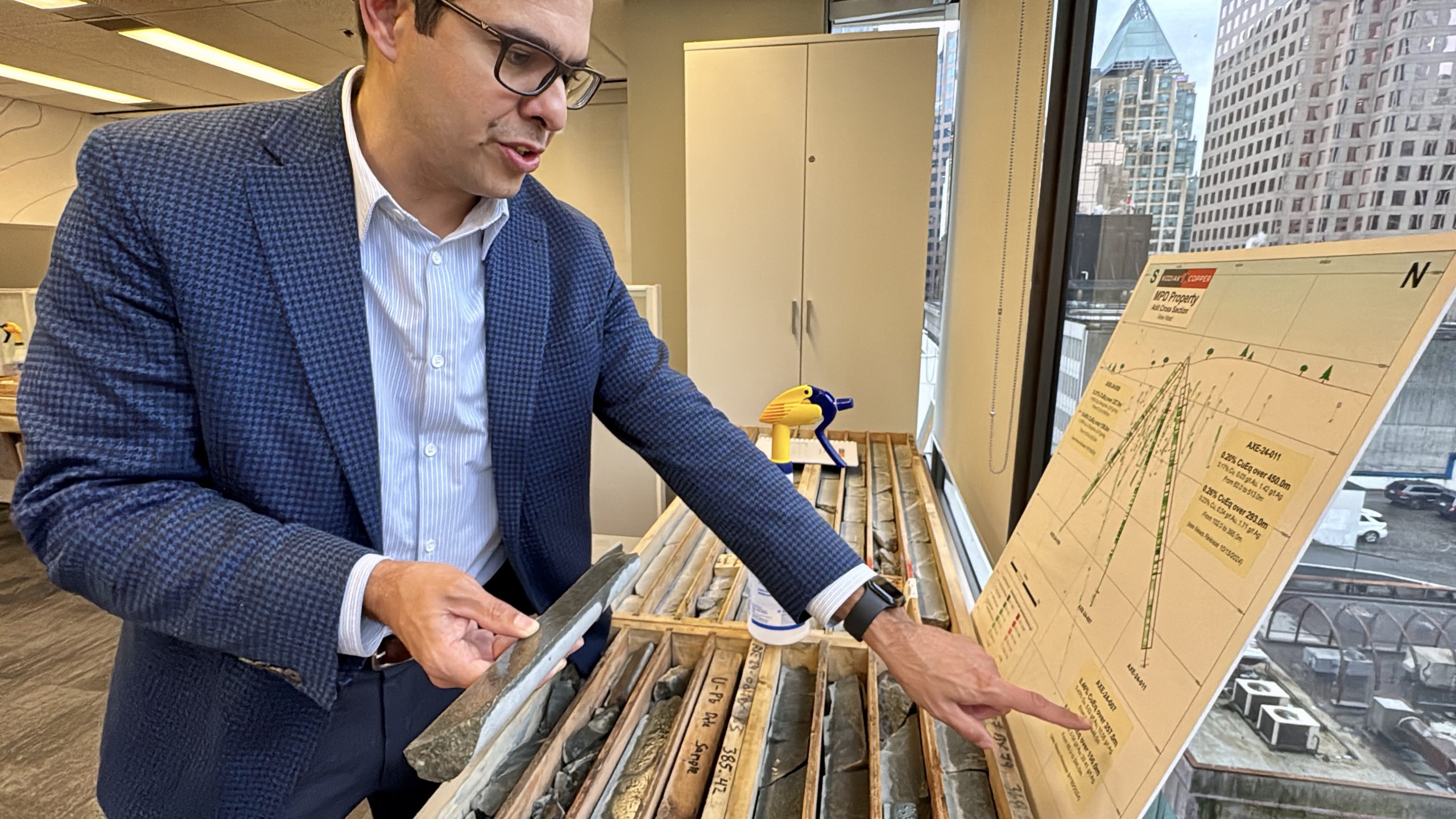Executive interview: Ignacio Mehech, Albemarle’s country manager, Chile

For it’s Chile Mining 2023 edition, Global Business Reports sat down with Ignacio Mehech, Albemarle’s country manager, Chile to discuss the miner’s technology strategies, the implications of the country’s National Lithium Strategy, and perspectives on the future demand and pricing of the key battery metal.
GBR: Could you provide a review of Albemarle’s activities in 2022?
Mehech: Albemarle’s activities in 2022 have been substantial and varied. We inaugurated the expansion of La Negra chemical plant in Chile, doubling our lithium carbonate production to an impressive 85,000 tons annually. A unique feature of this plant is a thermo-evaporator, a voluntary addition that allows us to minimize water consumption during production, reducing it by up to 30% per kg of lithium produced. The installation of this device at a lithium production plant is an pioneer idea, showcasing Albemarle’s commitment to sustainability. Further, we are set to inaugurate another installation in Salar de Atacama that will improve lithium recovery from reservoirs without additional water or chemical use (Lithium Recovery Initiative). This innovation will allow us to achieve our production target of 85,000 tons in the coming years.
GBR: How are you incorporating direct lithium extraction in your operations?
Mehech: We have conducted extensive research into direct-extraction technologies for several years, holding patents since 2017. These technologies present a new era for lithium, offering selective recovery and the ability to reintroduce the brine back into the ground. However, these technologies also come with challenges. For instance, they demand considerable energy, so we have ensured that our energy comes from renewable sources. Direct Lithium Extraction also requires a significant amount of water, necessitating an alternative source to preserve our sustainable water usage record. Hence, we have entered an agreement with Cramsa to bring up to 500 liters per second of desalinated seawater to the Salar de Atacama basin by 2027 (pending permits and construction). The final challenge lies in re-injecting the brine back into the Salar, a process that is still being studied for an industrial scale use. We are currently testing this process and hope to have our first conclusions by the end of 2023.
GBR: How does the company prioritize technological innovation?
Mehech: Our situation is a unique opportunity as it is aligned with the government’s national policy, which encourages industry growth through direct-extraction technologies. Our contracts and permits allow us to operate until 2043, so we can produce while transitioning to new technologies, assuming we surmount all the challenges.
No other company in the world can claim this position. Having produced lithium in Chile for 43 years, we are leading the innovation of new processes and remain committed to being the best globally. The recent agreement with Cramsa is a testament to our forward-thinking, collaborative approach. We believe that other companies could also benefit from this desalination project, without needing to build new desalination facilities.
GBR: What are the implications of the National Lithium Strategy?
Mehech: Despite some industry uncertainty, we are confident that our contract is secured until 2043. The policy does not negatively impact our operations. Instead, it presents us with an opportunity to grow within Chile. Moreover, the policy has sparked interest in other sectors, with many industry voices keen to partner with the state to exploit other salars. Our operation in Chile was born out of a state association 43 years ago, so we are experienced in and quite comfortable with public-private associations. In fact, should the state allow it, we would be interested in exploring growth alternatives in other regions of Chile, leveraging the technologies we are developing.
GBR: Can you share your perspective on the future demand and pricing of lithium?
Mehech: The lithium moment is undeniably now. The demand was around 500,000 tons in 2021, but by 2025, we anticipate it will exceed 1,800,000 tons and by 2030 we project a demand of 3.7 million tons. This remarkable growth needs to be met with adequate supply. That is why Albemarle is keenly exploring new opportunities globally, including in Chile.
GBR: What are Albemarle’s goals for the rest of 2023?
Mehech: One of our primary initiatives this year is the inauguration of the Lithium Recovery Initiative in the Atacama Salar. This unique venture does not exist in any other lithium operation in the world. It’s crucial for us because it will enable us to reach La Negra’s capacity of 85,000 tons in the following years. Additionally, we are investing in developing new direct lithium extraction technologies.
In support of this, we are focusing on securing water supply, connecting with the national electricity system to have renewable energy for our operations, and piloting re-injection and advancing direct extraction technologies. Our ultimate goal is to supply the high-quality lithium that the world needs sustainably. Albemarle is focused on improving our existing operations and shaping the new era of lithium in Chile.
This article first appeared in Global Business Reports Chile 2023 edition
{{ commodity.name }}
{{ post.title }}
{{ post.date }}

Comments